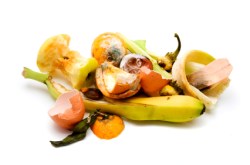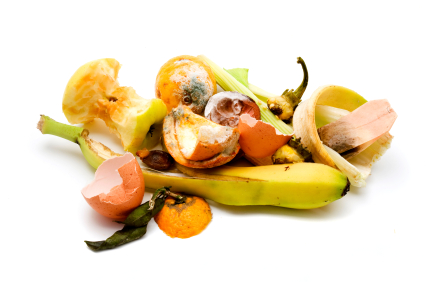
Less than a year ago, concern over wasted food was almost imperceptible amidst U.S. government agencies. Tuesday, however, the United States joined the ranks of countries around the world who are taking food waste seriously. Kudos to USDA and EPA for their speedy turnaround, as evidenced by their announcement of the U.S. Food Waste Challenge. The devil is in the details, of course, but I’m cautiously optimistic that this is a great step toward a more economically, socially, and environmentally streamlined food system.
With the announcement, USDA has committed to several actions to reduce, recover, and recycle wasted food across the country and has invited industry and individuals to do the same. The challenge includes a goal to have 400 partner organizations by 2015 and 1,000 by 2020. This is a start, but a goal of having a particular number of partner organizations does not in itself make for change. The proof of whether this challenge actually makes progress on reducing food waste will be to get truly meaningful commitments and to ensure those commitments translate to action.
The good news is they are off to a promising start. Unilever, General Mills, and the Food Waste Reduction Alliance have all set forth goals around food waste reduction. USDA’s own commitments span several different aspects of food waste, and address policy recommendations I called for by government in NRDC’s food waste report [PDF]. Here’s a taste of their commitments:
Improve data: To date, food waste has fallen victim to the adage “you manage what you measure” — it has not been measured, and therefore not managed. As part of the challenge, USDA is committing to update their estimates of how much perishable food is lost by supermarkets. They will also look more closely into how much school lunch is getting tossed in the trash. In addition, they plan to create an economic model of where losses occur from “farm to fork.” None of these are the comprehensive study that I dream of, but they will contribute to a growing body of better data on the topic.
Address waste of cosmetically challenged produce: Believe it or not, many aesthetically imperfect fruits and vegetables are actually prohibited from sale, and sometimes even from donation, by marketing orders (industry standards, enforced by USDA, that establish certain rules of sale, including creating “grades” of product). Much of this product is perfectly edible and nutritious. As part of the challenge, USDA will try to increase the ability to donate some of the products that are prohibited from sale, starting with table grapes. In addition, they will also aim to facilitate more donations of the 48 million pounds of produce rejected at ports annually.
Improve public awareness: Sadly, the USDA is not yet taking on revision of the confusing system of misleading expiration dates. They are, however, committing to both improve guidance and conduct a public education campaign with helpful information about food storage, food safety, and reducing food waste. They will be updating resources such as FoodKeeper and stressing in their fact sheets that food can often be eaten past its expiration date. This type of information plays a critical role in helping consumers change behavior in their daily lives.
Improve technology: Body-care products from olive byproducts, anyone? How about heart-disease-reducing grape seed flour from wine making residue? USDA is pursuing research around some pretty neat technologies to convert waste into usable products and also to reduce spoilage. Nice closed-loop thinking, USDA!
Reduce waste in schools: Beyond determining just how much school lunch is going to waste, USDA will also be encouraging schools to “offer” instead of “serve” lunch. That is, allow the kids to choose what and how much they want, and less will go to waste. They will also be training school lunch staff to reduce losses in the kitchen and donate more of the leftovers.
All in all, I’m thrilled to see the USDA and EPA taking a leadership role on this. In their press release, they say the goal of the challenge is to “lead a fundamental shift in how we think about and manage food and food waste in this country.” Fantastic. Let’s do it. And after we shift our thinking, let’s take action. In fact, you can start right now by registering a commitment for your own organization as part of the Food Waste Challenge here.



